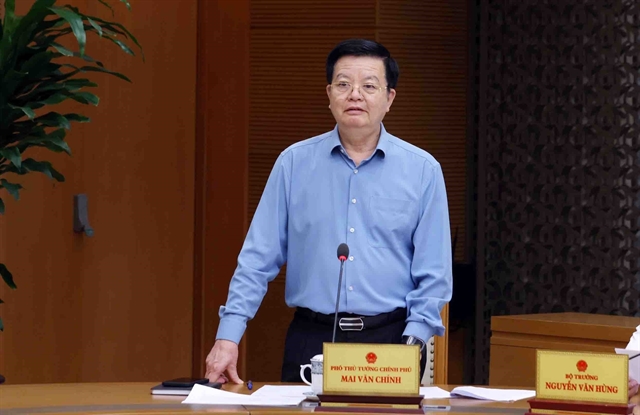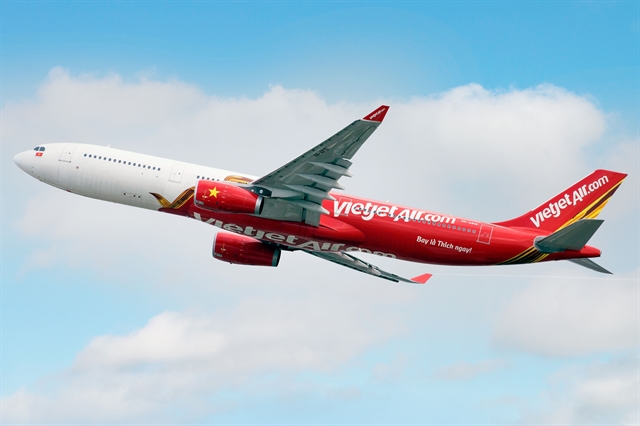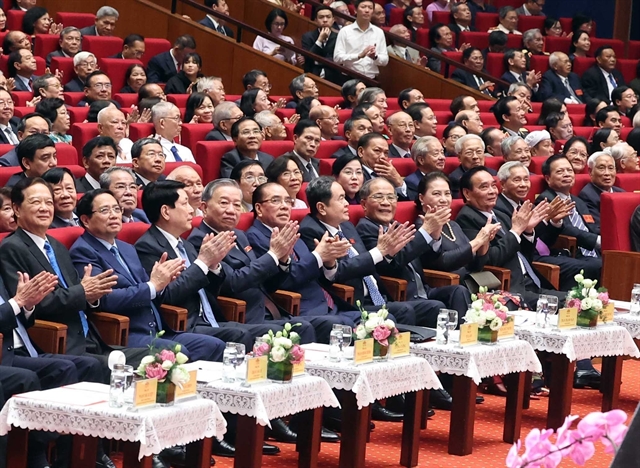 Opinion
Opinion

 |
| Otters are cared for at the Hà Nội wildlife rescue centre. VNA/VNS Photo |
Wildlife conservation aims to promote comprehensive development of society, maintain biodiversity and preserve precious resources for humanity. Lê Minh Tuyên, director of the Forest Protection Sub-department under the Hà Nội Department of Agriculture and Rural Development, spoke to Hà Nội Mới newspaper about this issue.
Can you tell us about the illegal wildlife trade in Hà Nội and how it affects biodiversity?
Strong economic growth in recent years has driven both the demand and supply sides of the wildlife trade equation. With favourable geographical location and transportation, trading and transporting wild animals in the city is very complicated.
In the past five years, forces have discovered 76 cases of illegal trade and transportation of wildlife animals, including rare or endangered species such as tigers, otters, bears, and golden turtles, with total fines of nearly VNĐ1.1 billion.
By the end of August, the city is managing 227 wildlife animal breeding establishments with 64,365 individuals. About 153 farms have been granted codes to raise wild animals.
There are about 15 million species on earth. Each is in one or more important links of the natural food chain.
The disappearance of a species will change the entire structure according to the rule of tens of millions of years. Losing some key species will impact other species and the ecosystem. Protecting the existence of animals is also protecting the diversity of species and individuals in the species and ecological environment.
What are the goals, tasks and solutions to conserve endangered wildlife species in the National Strategy on Biodiversity to 2030?
The strategy effectively conserves wild species, especially endangered and rare species.
Specifically, by 2030, protection must be improved for at least 10 endangered species, with no more endangered species becoming extinct.
The investigation, assessment and continuous updating and publication of the list of endangered and rare species should be promoted to have proper solutions for conservation.
We can strengthen the establishment of biodiversity conservation facilities and networks of rescue centres and implement solutions to reduce threats to wildlife.
What will Hà Nội do to promote wildlife conservation and biodiversity effectively?
The illegal hunting and trapping of wild and migratory birds in the city, especially along the two sides of the Hồng (Red) River, is complicated.
By 2020, the Forest Protection Sub-department developed a project to conserve wild animals.
The city People's Committee has directed departments, agencies and People's Committees of districts and towns to implement conservation and biodiversity to promote information dissemination to raise public awareness of illegal wildlife trading and stop consuming wild animal products.
The city requires the sub-department to closely monitor and inspect animal breeding establishments; prevent people from taking advantage of farming to trade wild animals illegally; strengthen patrol and control to detect and prevent violations promptly, and strictly handle violators.
The city has also strengthened coordination with international organisations and scientists in wildlife conservation and biodiversity. People must change their behaviour and attitudes towards nature to better protect the environment. VNS




